How do spiders pounce so quickly on hapless prey entangled in their webs? New research suggests that elaborate web “decorations” help transmit the wiggling signal from a trapped bug.
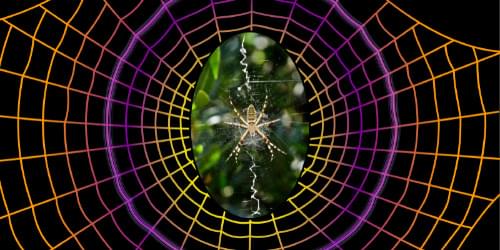

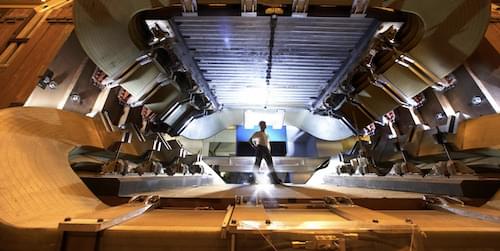

As someone who studies materials, Lu Li knows people want to hear about the exciting new applications and technologies his discoveries could enable. Sometimes, though, what he finds is just too weird or extreme to have any immediate use.
Working with an international team of researchers, Li has made one of those latter types of discoveries, detailed in Physical Review Letters.
“I would love to claim that there’s a great application, but my work keeps pushing that dream further away,” said Li, professor of physics at the University of Michigan. “But what we’ve found is still really bizarre and exciting.”

New research from Carnegie Mellon University’s School of Computer Science shows that the smarter the artificial intelligence system, the more selfish it will act.
Researchers in the Human-Computer Interaction Institute (HCII) found that large language models (LLMs) that can reason possess selfish tendencies, do not cooperate well with others and can be a negative influence on a group. In other words, the stronger an LLM’s reasoning skills, the less it cooperates.
As humans use AI to resolve disputes between friends, provide marital guidance and answer other social questions, models that can reason might provide guidance that promotes self-seeking behavior.

How does the brain take out its trash? That is the job of the brain’s lymphatic drainage system, and efforts to understand how it works have pushed the boundaries of brain-imaging technologies.
A new study in iScience by researchers at the Medical University of South Carolina reveals—for the first time in humans—evidence of a previously unrecognized hub in the brain’s lymphatic drainage system—the middle meningeal artery (MMA).
Taking advantage of a NASA partnership that provided access to real-time MRI technologies originally developed to study how spaceflight affects fluid dynamics in the human brain, the MUSC research team, led by Onder Albayram, Ph.D., tracked cerebrospinal and interstitial fluid flow along the MMA in five healthy participants over a six-hour period. They found that the drainage flow of the cerebrospinal fluid was passive, suggesting lymphatic rather than blood flow. Blood would have had a faster, more dynamic flow.
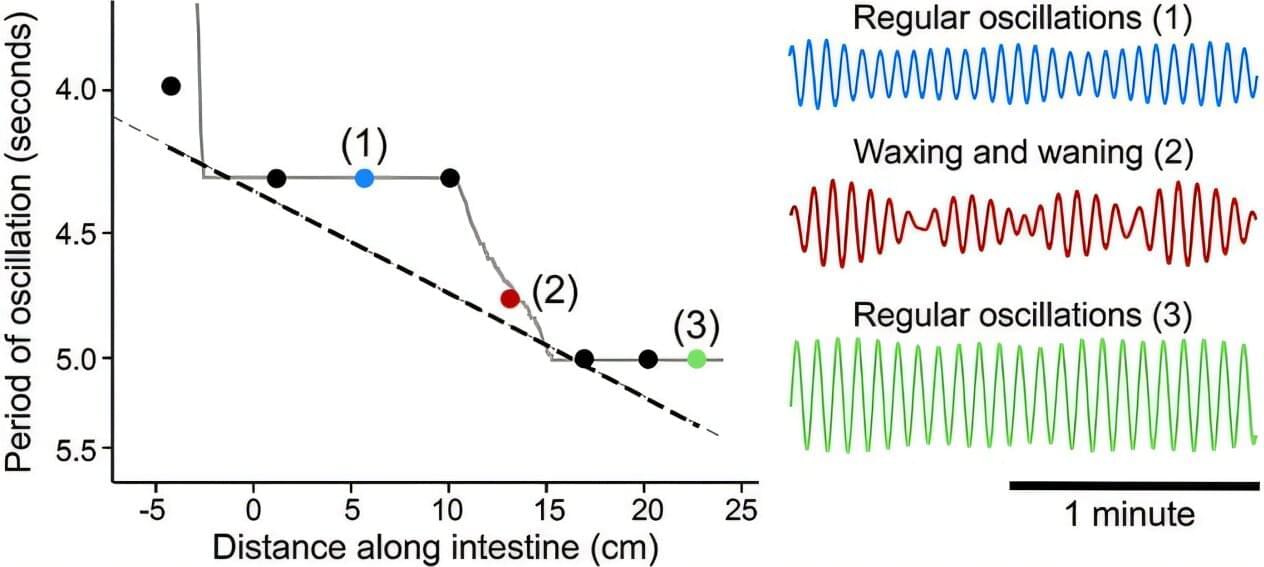
Synchronization abounds in nature: from the flashing lights of fireflies to the movement of fish wriggling through the ocean, biological systems are often in rhythmic movement with each other. The mechanics of how this synchronization happens are complex.
For instance, in the vasculature of the brain, blood vessels oscillate, expanding and contracting as needed. When there is neural activity, the arterioles expand to increase blood flow, oxygen and nutrients. These oscillations are self-sustained, but the arterioles also work in concert with each other. How this happens is not well understood.
To uncover the answer, researchers at the University of California San Diego looked to another part of the body: the gut. Here they found that oscillators operating at similar frequencies lock onto each other in succession, creating a staircase effect. Their work appears in Physical Review Letters.

Analog computers are systems that perform computations by manipulating physical quantities such as electrical current, that map math variables, instead of representing information using abstraction with discrete binary values (i.e., 0 or 1), like digital computers.
While analog computing systems can perform well on general-purpose tasks, they are known to be susceptible to noise (i.e., background or external interferences) and less precise than digital devices.
Researchers at Peking University and the Beijing Advanced Innovation Center for Integrated Circuits have developed a scalable analog computing device that can solve so-called matrix equations with remarkable precision. This new system, introduced in a paper published in Nature Electronics, was built using tiny non-volatile memory devices known as resistive random-access memory (RRAM) chips.
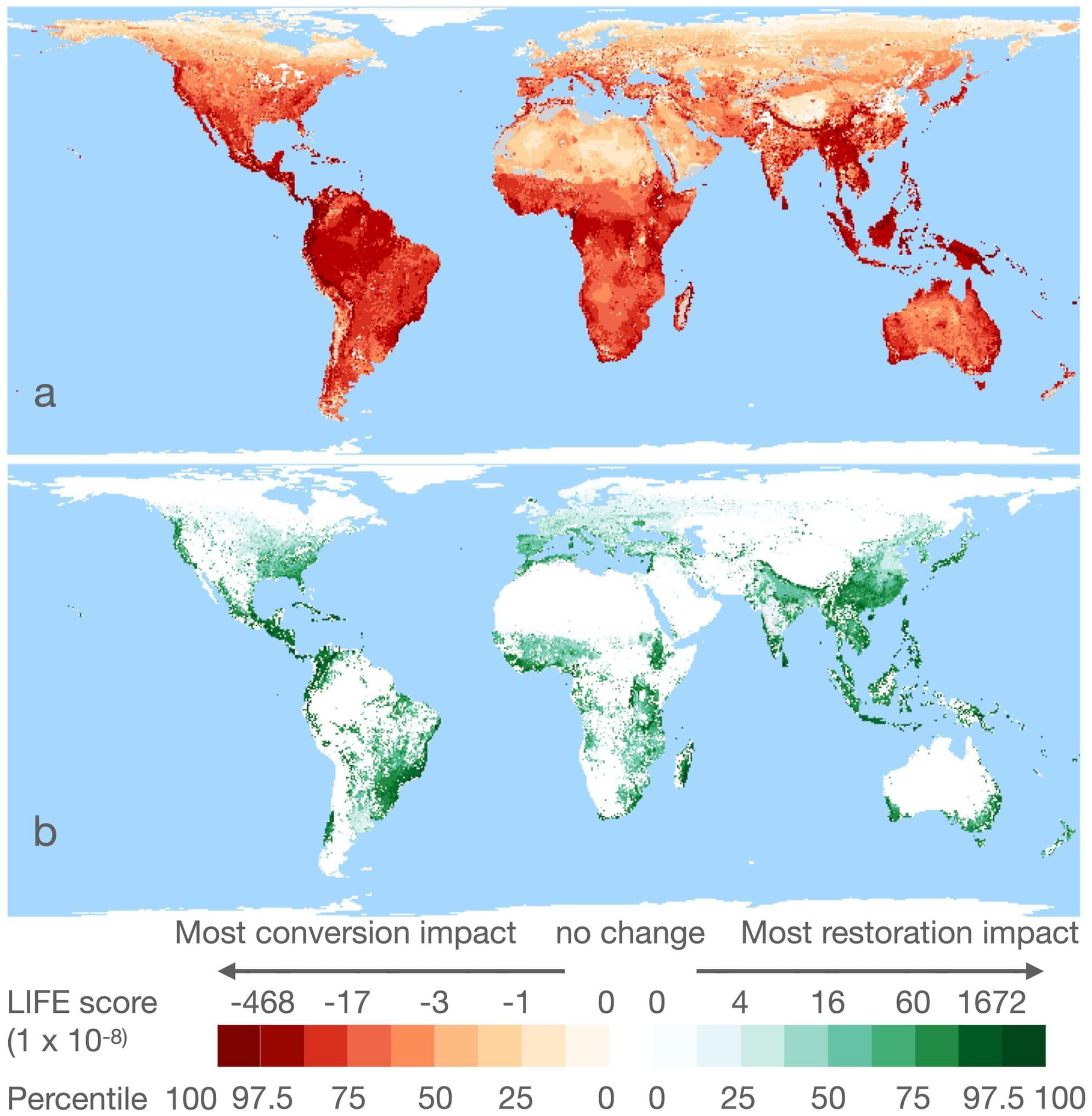
University of Cambridge researchers have developed a new way to measure the impact of our food production on other species’ survival around the world.
It reveals that between 700 and 1,100 species of vertebrate are likely to go extinct in the next 100 years, if global land-use for agriculture does not change. This figure does not account for future population growth, and is probably a huge underestimate.
By considering the productivity of any piece of land, the team can figure out the “per kilogram impact” of each commodity per year on biodiversity.
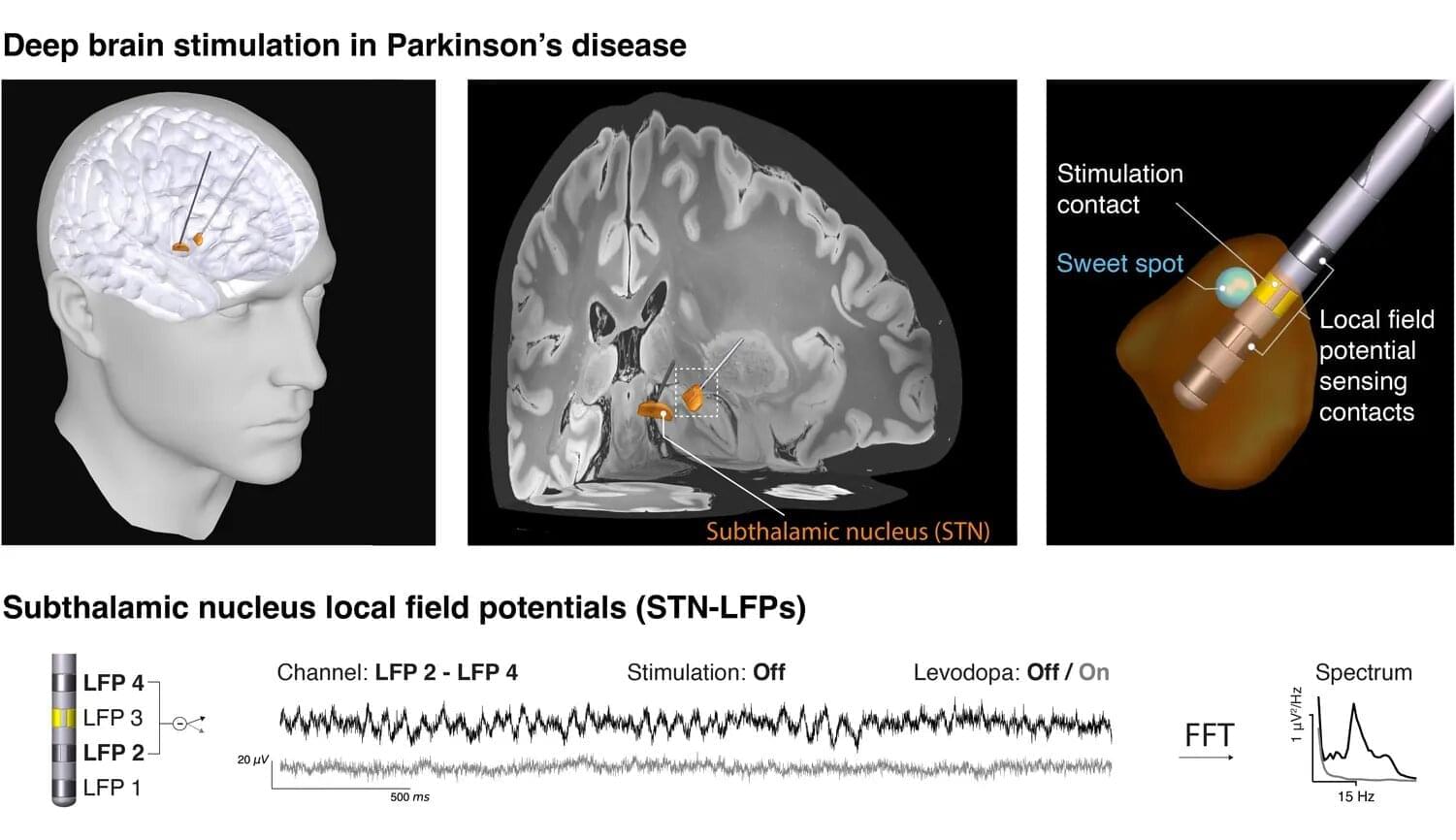
What happens in the brain when a person experiences the characteristic movement symptoms of Parkinson’s disease? Researchers around the world are seeking answers through various approaches. One of these builds on a treatment already established in clinical care: deep brain stimulation. In this therapy, stimulating electrodes are implanted in patients’ brains to alleviate symptoms using electrical impulses. The same electrodes also enable unique electrical measurements from areas otherwise inaccessible in humans. These data can help uncover the neural mechanisms of Parkinson’s disease and inspire new therapeutic strategies.
In close collaboration with leading European deep brain stimulation centers—including Charité Berlin, Heinrich-Heine University Düsseldorf, University College London, and the University of Oxford—the Max Planck team has now taken an important step forward. For their study, now published in eBioMedicine, the researchers focused on so-called “beta waves,” which oscillate ca. 20 times per second and whose strength is thought to correlate with the severity of movement symptoms.
However, when reviewing the literature, the team encountered considerable heterogeneity in the results. “We wondered why earlier studies from different centers had produced such mixed results,” says Vadim Nikulin of the Max Planck Institute for Human Cognitive and Brain Sciences in Leipzig. “Did the patient groups differ, the recording equipment, or the analysis methods?”

Chimpanzees may have more in common with human thinkers than previously thought. A new study published in Science by an international team of researchers provides evidence that chimpanzees can rationally revise their beliefs when presented with new information.
The study, titled “Chimpanzees rationally revise their beliefs,” was conducted by a large research team that included UC Berkeley Psychology Postdoctoral Researcher Emily Sanford, UC Berkeley Psychology Professor Jan Engelmann and Utrecht University Psychology Professor Hanna Schleihauf. Their findings showed that chimpanzees—like humans—can change their minds based on the strength of available evidence, a key feature of rational thought.
Working at the Ngamba Island Chimpanzee Sanctuary in Uganda, the researchers presented chimps with two boxes, one containing food. Initially, the animals received a clue suggesting which box held the reward. Later, they were given stronger evidence pointing to the other box. The chimps frequently switched their choices in response to the new clues.